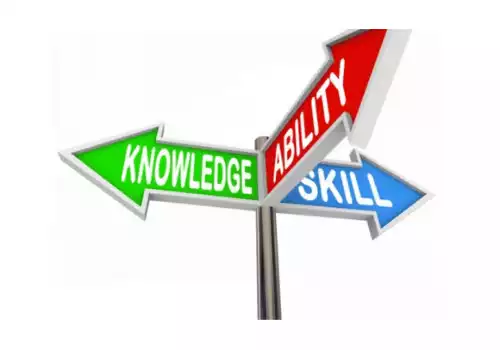Every day I work with people whose jobs require them to sit hunched over a computer for eight hours a day.
Most report that they find it very difficult to sit up straight all the time: sooner or later, they find themselves leaning forward with their face far in front of their body. Such daily forced posture slowly but inevitably wears out the body and causes pain; we usually hear from the doctor that degenerative changes have occurred in the discs in the spine. The biggest problem is that we feel much older and more tired than we are.
The posture of the computer generation
The head leaning slightly forward and downwards is the sign of a professional deformation shared by many professions: secretaries, teachers, accountants, students, computer programmers, journalists, and countless others. It is important to realize that neck pain as a result of the head being pushed forward is the most common problem for people who work a lot with a computer, but it is not the only one. As a result of long-term sitting in an incorrect position, the brain also redirects the function of other tissues: in order to relieve the burdened areas, the brain adjusts our posture and body alignment, which leads to incorrect movement, poorer efficiency, and greater risk of injury, and causes permanent changes in muscles and joints.
Bad “office” posture is characterized by raised shoulders, fixed shoulder blades, compressed abdominal area, shallow breathing, the chest slowly collapsing inward, and hips pushed back. Such a posture is usually associated with aging, and in people with an office-based way of working, it appears prematurely due to long-term (long-term!) persistence in an unnatural position.
The typical example of a Red light reflex encouraged and turned into a habit by working behind a computer:

An example of hunched posture. First, the chin pushed forwards, a hump in the lower part of the neck, and an overly tense lumbar back that maintains an upright posture. The center of gravity pushed forward, with excessive pressure on the thighs and forefoot.

Because the body is extremely adaptable, we gradually get used to poor posture. The body slowly becomes numb to the warnings that the muscles and joints use to warn the brain about wrong movements, and over time we no longer feel uncomfortable. We get used to closed and stiff movements and are no longer aware of the danger of incorrect posture. When we experience painful consequences over time, we no longer know how to connect them to the actual causes.
The consequences of long-term office posture include migraines, burning eyes, shallow breathing, pain between the should blades, pain in the elbows, carpal tunnel syndrome, thoracic outlet syndrome, ringing in your ears, pain in the jaw, pain in the front and upper part of the back and calcinations in your shoulder, only to name the most common.
Learning the AEQ method to combat poor posture
We must learn how to better control our body and mind to make our movement more efficient and more natural. By learning the AEQ method, we will once again feel our movement and detect possible irregularities in posture, gradually eliminate them and search for more pleasant and healthy postures. Because we will feel better, our mood will improve; we will be pleased with ourselves and our work which we will be able to perform more efficiently, faster, and better.
This kind of feeling pushes a person upwards to stand up again and take the position of a healthy, motivated, and satisfied person.
Aleš Ernst, author of the AEQ method and AEQ breathing






